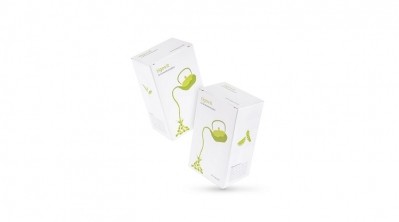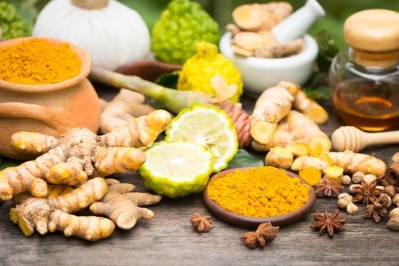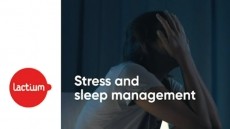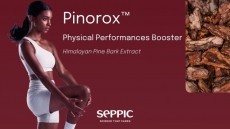Ashwagandha, ginseng found to mimic off-label anti aging effects of two drugs

The study, titled “Towards natural mimetics of metformin and rapamycin,” was published recently in the journal Aging. It is an in silico investigation the gene-level action of metformin and rapamycin when used in an off-label anti aging scenario. Both drugs are mTOR inhibitors that, according to the authors, offer “significant anti-cancer and anti-aging properties beyond their current clinical applications.” Metformin is prescribed as a blood glucose control agent for patients with Type 2 diabetes, whereas rapamycin is used to help prevent organ rejection for transplant patients, in particular for kidney transplant recipients. The goal of the study was to identify natural compounds, or combinations thereof, that work on similar gene expression pathways.
Need for anti aging interventions
The researchers, who are associated with English universities and a Russian institution as well as with a biotechnology company and a dietary supplement firm, noted the US Census Bureau says that by 2030, more than 20% of the US population will be over the age of 65. With that impending demographic bulge, the search is on for interventions that can ameliorate a wide range of conditions associated with aging, including metabolic disorders and dementia. New drug development, they noted, is slow, expensive and fraught with risk, leading to the push to find off-label uses in this arena for already-approved drugs. The researchers said rapamycin has been shown to mimic the effects of extreme calorie restriction, which while showing spectacular effects in mice has proven to be impractical in humans. Metformin, another mTOR inhibitor, has a more complicated story whose mode of action is not entirely understood. The goal of the study was to find an approach using candidate natural compounds that is even lower risk and less expensive.
The mTOR pathway is a cellular signaling network important in cell growth and proliferation, but can cause problems later in life. “The mTOR pathway is a particularly important growth pathway essential for early development but also potentially detrimental in later years if not suppressed, contributing to geroconversion, cellular senescence, disease and decline,” the authors noted.
Compounds scored in pathway similarity
The screened compounds, which were restricted to those with GRAS status, were scored for their similarity to, or better put, their ability to mimic, the effects of the two drugs. On this ranking, withaferin A, an active constituent of the Ayurvedic herb ashwaganda (Withania somnifera) came out on top.
“Withaferin A was the top-scoring compound for gene-level similarity to metformin using the conventional statistical approach and also displayed significant pathway- and gene-level similarity to rapamycin,” the researchers said.
Other top performing compounds included ginsenoside, the active component of ginseng, allantoin, a compound found in yams, the omega-6 fatty acid gamma linolenic acid (GLA) apigenin, a compound found in many plants including chamomile, celery and EGCG, or epigallocatechin gallate, a compound found in green tea.
The researchers also used their bioinformatics approach to evaluate combinations of some of these compounds, to see if they exhibited synergistic effects. They found that some combinations outperformed the single compounds in their statistical analysis, with a combination of withaferin A, ginsenoside and GLA showing promise.
Low cost tool still needs validation
The researchers emphasized that this statistical approach is a tool for identifying promising candidates, but the compounds themselves and the combinations thereof would still need validation via in vitro and in vivo studies.
“Thus, while it cannot be overstated that our results will require validation, this work reduces a list of over 800 natural compounds to a manageable shortlist of a few strong candidates for metformin and rapamycin mimicry, substantiated by their similarity to the target drugs in transcriptional response,” they said.
The researchers said their analytical approach capitalizes on publicly available data and is relatively low cost. “The methods we employ combine and outperform previous methods for pathway activation scoring and capitalize on vast, valuable but underutilized public repositories of microarray data, overcoming significant analytical challenges that have previously hindered their wide-scale use,” they maintained.
Source: Aging
Towards natural mimetics of metformin and rapamycin
2017 Nov 15. Doi: 10.18632/aging.101319. [Epub ahead of print]
Authors: Aliper A, Jellen L, Cortese F, et al.
















